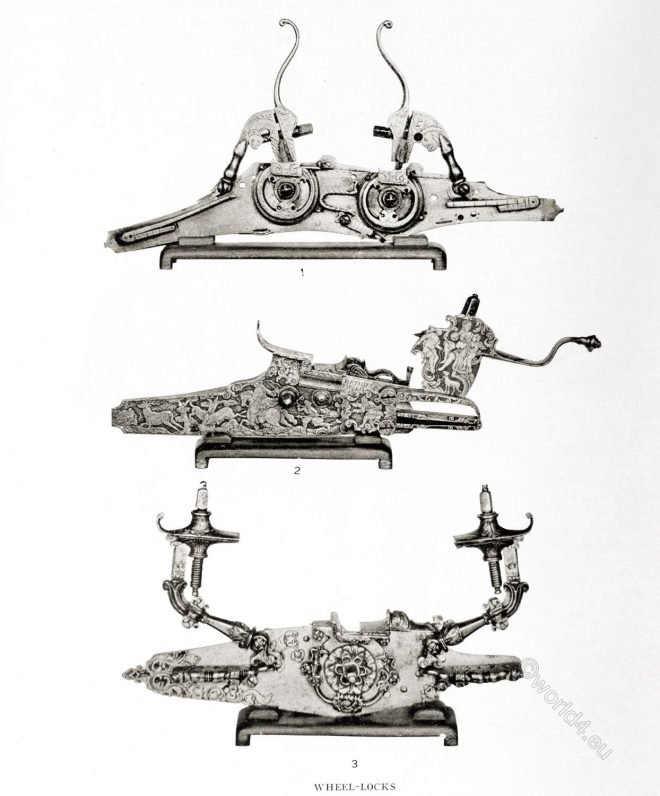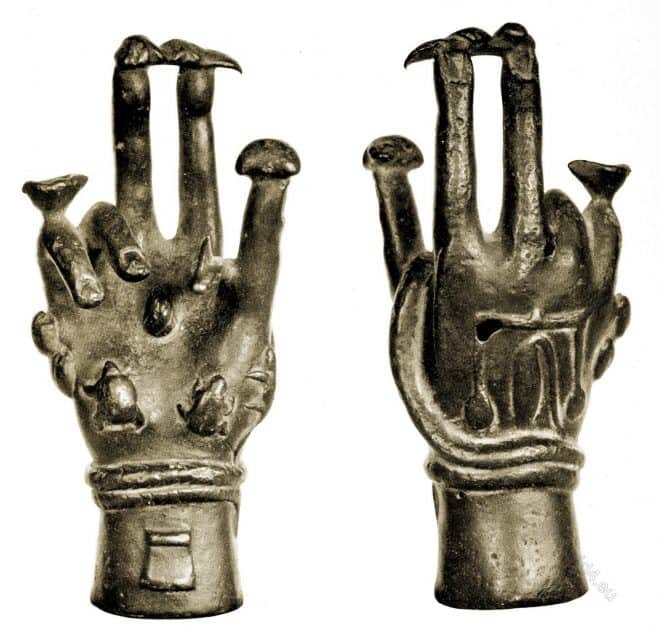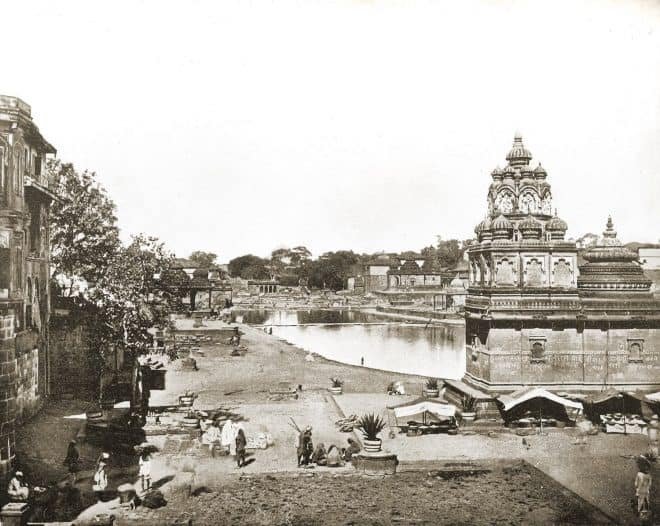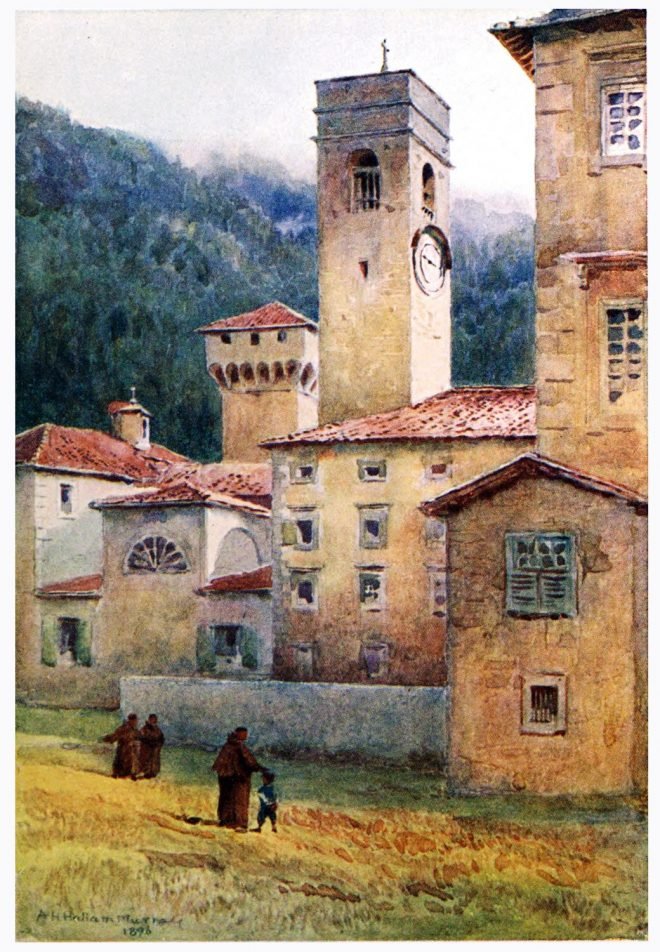European Hand Firearms of the Sixteenth Seventeenth and Eighteenth Centuries, by Herbert J. Jackson.
A magic hand used as an amulet for averting the evil eye.
The Roman magic hand itself was considered a potent means of averting the evil eye.
Syria. The clothing of woman and man.
Museum Extension Project.
Armoury. Pikeman’s suit english, early 17th century.
The illustration shows a typical English pikeman’s corselet of the early seventeenth century, at a period when every infantry regiment consisted of musketeers and pikemen in varying proportions.
Nashik in India is one of the most sacred of Hindu towns.
Through this city flows the sacred river, Godavari, second in sanctity only to the Ganges itself.
Italy. Vallombrosa Abbey and the Camaldolese Order in 1905.
The Abbey of Vallombrosa is located in the village of the same name in the municipality of Reggello, in the province of Florence in the Apennines and diocese of Fiesole,… Read More
India Mughal aristocracy. The costume of ancient Mughal emperors.
The two figures shown here are of the Mogul aristocracy. Both men wear as their essential garment a peculiarly tailored coat called the “cabays”.
The traveling barge of Van-ta-zhin. Drawn by William Alexander, 1805.
The travelling Barge, of the Mandarin Van-tazhin, who attended the Embassy.
Devotions, confessional and church scenes in 19th century Italy.
A female at her devotions. Costume near Florence. In Italy, the young and the old alike frequent the churches.
Mount Parnassus home of the Muses in central Greece.
Montparnasse in Paris is named after Mount Parnassus. Views in Greece. Drawings by Edward Dodwell, 1821. The Grand Tour.










